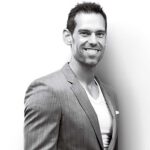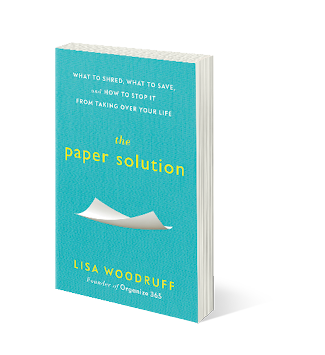
The Paper Solution
What to Shred, What to Save, and How to Stop It From Taking Over Your Life
By Lisa Woodruff
We all have clutter—some of us more than others. But how much of it do we really need? While much has been written on how to declutter your space, home or office, little of it goes as far to focus on just one thing—paper.
Dubbed “the Marie Kondo of paper,” Lisa Woodruff explains why we’re still so attached to the printed page, how to get rid of what you don’t need, and how to save what you actually need. Woodruff writes that instead of “sparking joy,” the benchmark for organizing paper should be: Is this paper still useful?
Some of us may deal with more paperwork than others at our workplaces, but we all deal with similar amounts at home—bills, junk mail, flyers, letters, invitations and more. Woodruff’s book offers solid advice on how to escape the mess. (August; G.P. Putnam’s Sons; $18)
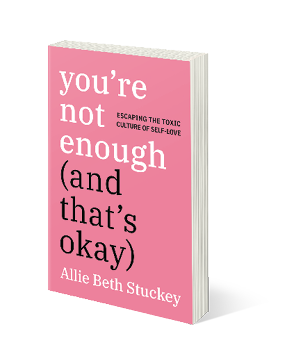
You’re Not Enough (And That’s Okay)
Escaping the Toxic Culture of Self-Love
By Allie Beth Stuckey
“We’re all stunningly confident as children. We’ve yet to become fully self-conscious, and we have little concept of the potential for failure,” Allie Beth Stuckey writes.
But then something changes as we get older. “A truth that we all come to terms with at some point in our adolescence is that we don’t have what it takes for one thing or another,” Stuckey writes. “Facing our inadequacies is crucial for appropriate development.”
That’s OK, Stuckey writes. But too often we fall into a comparison trap when we see others thriving on social media, and we let ourselves get down about it. In her book, Stuckey breaks down five myths: You are not enough; You determine your truth; You’re perfect the way you are; You’re entitled to your dreams; You can’t love others until you love yourself.
No matter where you are in life, it’s important you know that it’s OK to not feel like you’re enough and how to be OK with that. (August; Sentinel; $25)
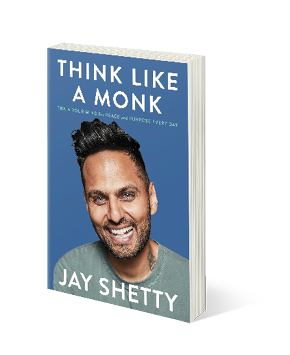
Think Like a Monk
Train Your Mind for Peace and Purpose Every Day
By Jay Shetty
“There is no universal plan for peace and purpose,” former monk Jay Shetty, now a speaker, podcaster and creator, writes. “The way we get there is by training our minds to focus on how to react, respond, and commit to what we want in life, in our own pace, at our own time. Then, when life swerves, we return to that focus.”
The key to establishing this focus is through meditation. In this book (which was delayed by the pandemic), Shetty explains why that’s important and how to know if you’re doing it right: 1) You’ll miss it if you take a break 2) You’ll have an increased awareness of the world around you 3) You’ll view life more objectively.
Of course, meditation takes practice, and not everything will fall into place because you do it, Shetty writes.
“The universe isn’t going to suddenly give you green lights all the way to work,” he writes. “Understanding this will help you be prepared for whatever may come.” (September; Simon & Schuster; $27)
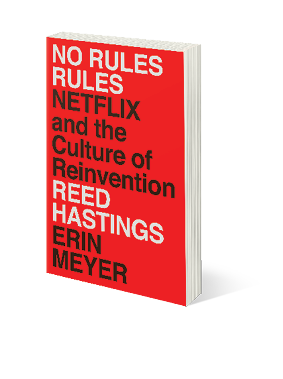
No Rules Rules
Netflix and the Culture of Reinvention
By Reed Hastings and Erin Meyer
How do you rule without any rules? Easy, you stop worrying about the paperwork and trust your employees, writes Netflix CEO Reed Hastings in No Rules Rules, co-written with Erin Meyer.
When you remove controls—like vacation policies, and travel and expense approvals—your employees are empowered by the level of trust you instill in them, Hastings writes. That, in turn, pushes them to work harder and become more innovative.
“Of, course, you can’t just remove the rules and processes,” Hastings writes. “Without the right conditions, chaos will ensue.”
There’s still rules at Netflix and trainings to prevent issues like harassment in the workplace. But when you loosen controls on things like vacation days, your company can flourish, Hastings argues. Hastings compares how things are run at Netflix to jazz versus a symphony.
In No Rules Rules, Hastings and Meyer break down how to attract that talent, how to increase candor within the workplace, ease up on controls, and how you can apply this in your company. (September; Penguin Press; $28)
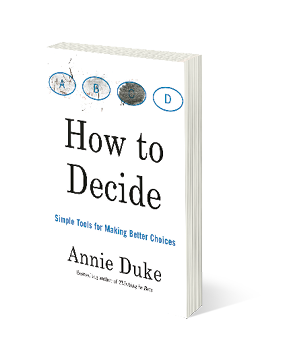
How to Decide
Simple Tools for Making Better Choices
By Annie Duke
Annie Duke starts her book How to Decide by asking two simple questions: What was your best decision of the last year, and what was your worst decision of the last year? Then she asks: How did those decisions turn out for you?
She’s done this exercise with hundreds of people and usually gets the same responses. The best decision led to the best outcome, and the worst decision led to the worst outcome. But Duke says that’s just a description of the outcome. Those responses don’t explain the decision process itself. Why is the process important?
“The only thing you have control over that can influence the way your life turns out is the quality of your decision,” Duke writes.
Duke’s new book How to Decide is packed with tips and stories about the importance of the decision-making process and she thoroughly explains how to make the best decision.
Whether you’re the head of your company, making important business decisions, or you’re an entry-level employee trying to make your way up, Duke’s advice will lead you not just to better outcomes, but a process of better decision making. (September; Portfolio; $18)
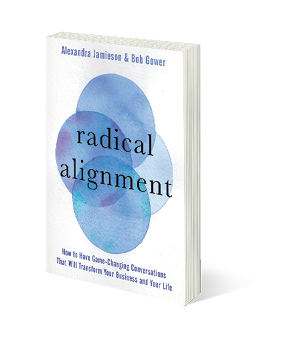
Radical Alignment
How to Have Game-Changing Conversations That Will Transform Your Business and Your Life
By Alexandra Jamieson and Bob Gower
If you have important conversations early on in a relationship, you can avoid big blow-ups, write Alexandra Jamieson and Bob Gower in Radical Alignment.
Not only will you prevent issues from coming up, you’ll also develop what Jamieson and Gower call radical alignment, “a sense of being fully in tune with the person you’re relating to.”
A lot happens when you have a sense of alignment with someone, the husband-and-wife duo write. You learn to empathize more, recognize new opportunities, and cut down on unnecessary interpersonal friction. In their book, Jamieson and Gower explain the steps to reaching radical alignment, starting with focusing on ourselves—our intentions, our concerns, our boundaries and our dreams.
Radical Alignment is a quick read, but when its advice is used correctly, it can have a lasting impact and lead you toward better relationships at work and in your personal life. (August; Sounds True; $20)
This article originally appeared in the September/October 2020 issue of SUCCESS magazine.
Photo by Yulai Studio/Shutterstock.com




